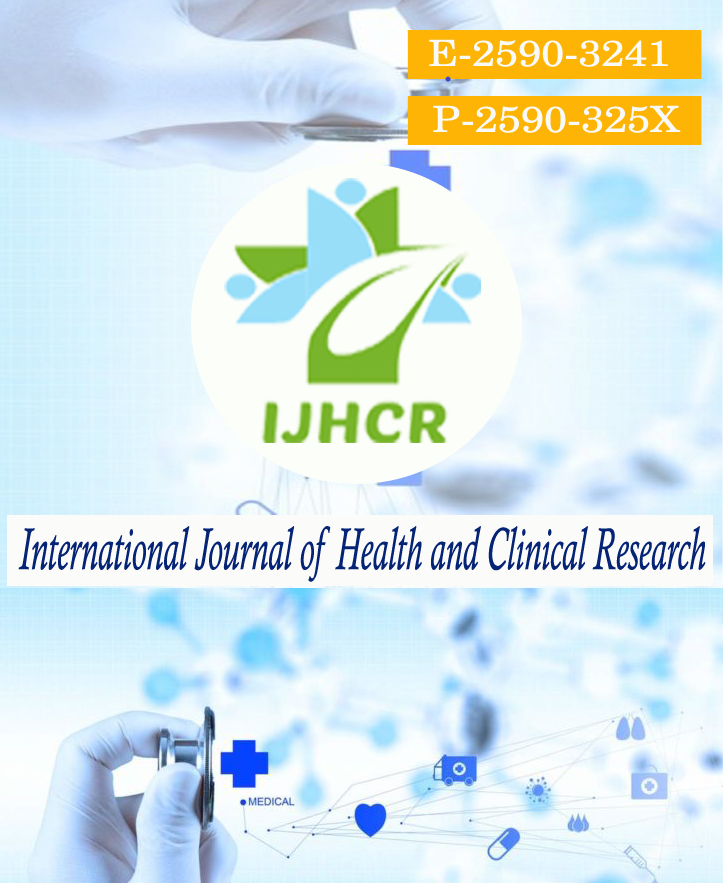Study the Effect of Yogic Exercise on Depressive Symptoms among Adults
Keywords:
Depressive symptoms, Effect, Yogic exercise, Depression Anxiety Stress Scale.Abstract
Background: Yoga is a 5000-year-old Indian philosophy that combines exercise, breathing, diet, relaxation and meditation. It is a combination of physical and mental disciplines which make the body stronger and healthier and the mind calmer and more controlled, helping towards self-realisation. Depression is the most common disorder occurring in modern age. Depression is a state of low mood and aversion to activity that can affect a person’s thoughts, behaviour, feelings and sense of well-being. Yoga is an ideal antidote for such types of problems. Yoga has often been perceived as a method of stress management tool that can assist in alleviating depression disorder. Methods: This prospective, cross-sectional study was carried out among 560 patients (i.e. 280 depressive symptoms patients as cases and same 280 as control group) Depression Anxiety Stress Scale 42 (DASS-42) is used for screening of stress, anxiety and depression. Total 280 number normal healthy individuals were served as control group. Pre-designed, pre-tested questionnaires along with DASS 42 scale for measurement of stress anxiety depression is used. Results: In the present study, both control and test group were more or less similar in the age group of 31-40 and 41-50 years and male were preponderance over female with male to female ratio 1.1:1 in control group and 1.64:1 in test group. Main complaints were work activity and depressed mood which was observed in 99.2% and 98.9% cases respectively, followed by insomnia, anxiety and feeling of guilt. The pre- and post-test comparisons revealed statistically significant reduction in depression and improved quality of life in test group as compared with the control group. Conclusion: Pre-test and post-test comparisons revealed statistically significant reduction in depression and improved quality of life in test group (pre-test and post-test) as compared with the control group.
Downloads
Published
How to Cite
Issue
Section
License
Copyright (c) 2021 Trupti Gurav Borulkar, Purushottam Giri, Bharti Rathi, Sharadchandra Wankhede

This work is licensed under a Creative Commons Attribution 4.0 International License.






 All articles published in International Journal of Health and Clinical Research are licensed under a
All articles published in International Journal of Health and Clinical Research are licensed under a 